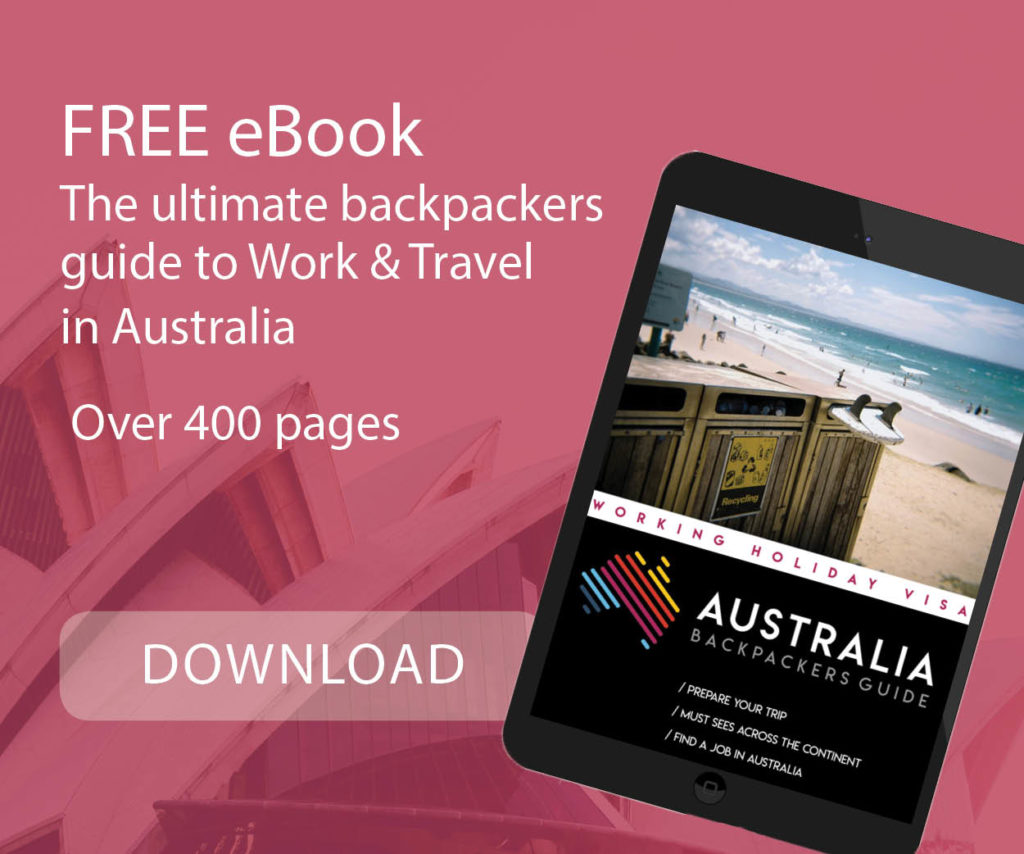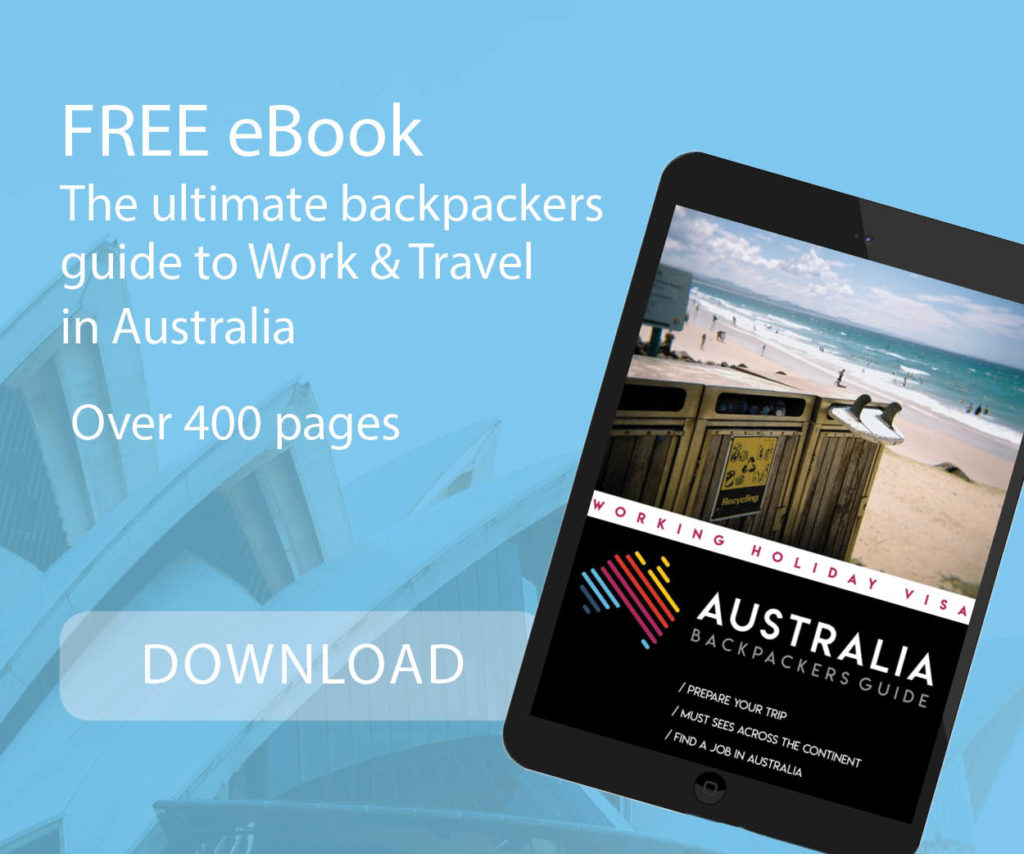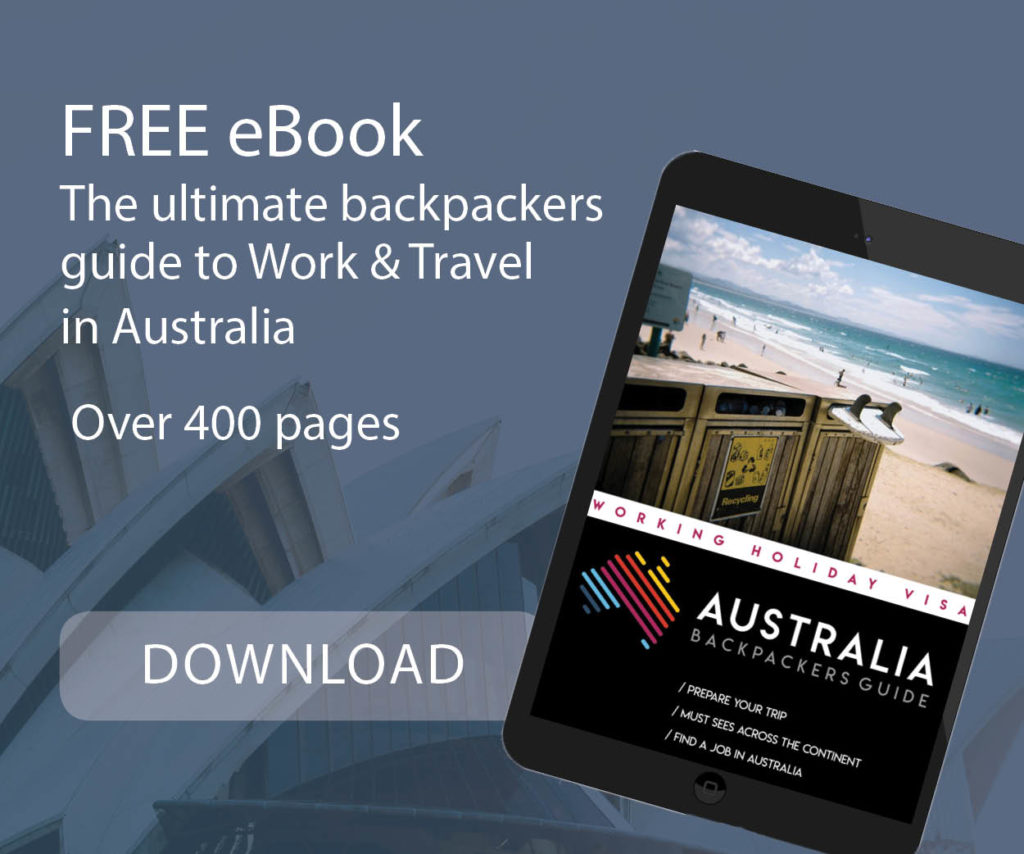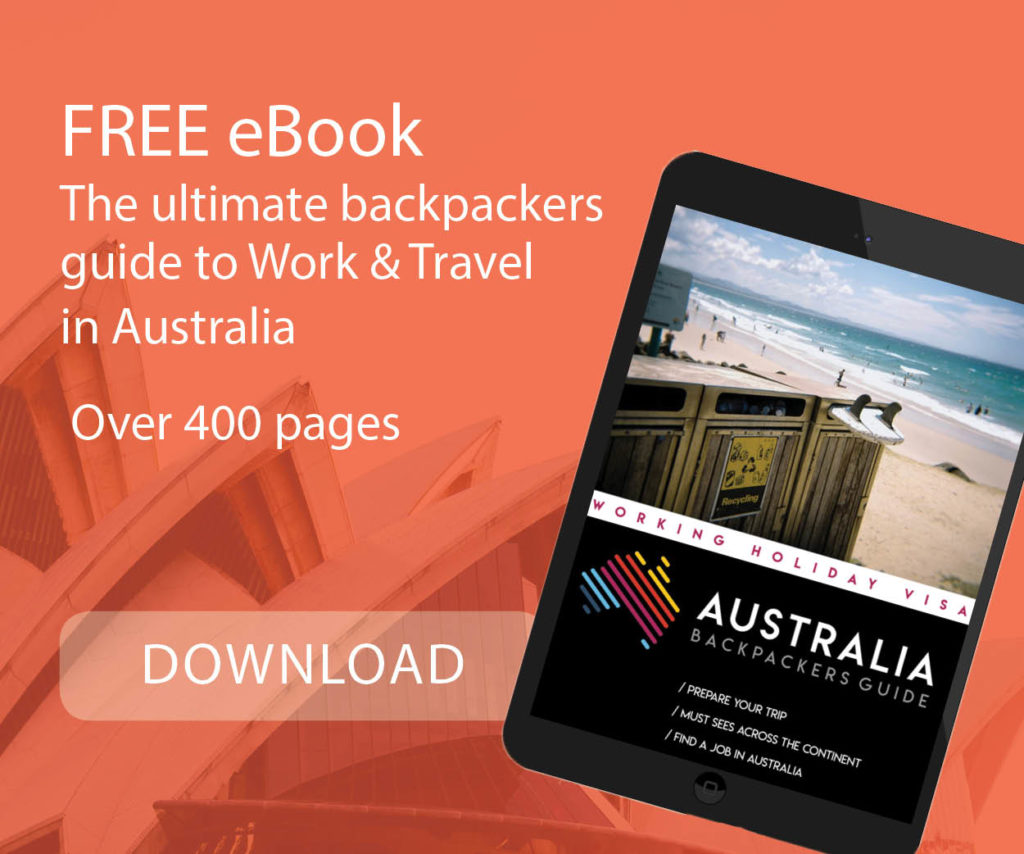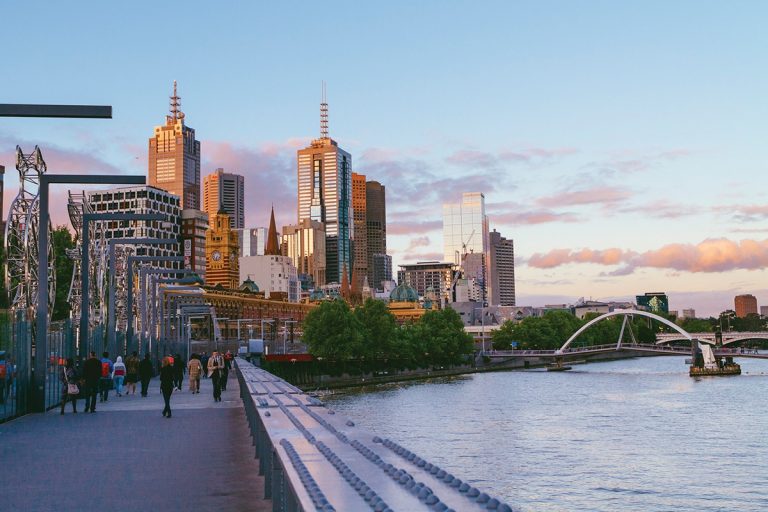
Australia is a dream destination for many travelers, and the Working Holiday Visa (WHV) provides a fantastic opportunity to experience the country’s diverse culture, stunning landscapes, and vibrant cities. It is possible to stay in Australia after completing one, two, or even three Working Holiday Visas. But what if your adventure doesn’t have to end when your WHV expires? Whether you’ve fallen in love with Australia or want to continue your journey Down Under, there are several pathways to extend your stay.
Table of Contents
Evaluate your situation
How long do you have left on your visa?
This first point is crucial. If you have limited time remaining on your current visa, urgently explore options to extend your stay. Finding a sponsor or obtaining a long-term visa can be a time-consuming process. If you have less than three months left, you should quickly investigate temporary visa options such as a Tourist Visa or a Student Visa. Typically, these visas are approved within a short timeframe ranging from a few hours to a week or so. Note that in between visas, the immigration authority will provide you with a Bridging Visa, which essentially continues your previous visa until a decision is made on your new visa application. If you have more time left, proceed with the next steps.
How much money do you have left?
The budget in Australia is, as you know, very important. The cost of living in Australia is indeed expensive, especially if you are looking for a job in one of the major cities like Sydney, Melbourne or Perth. Therefore, save money before beginning your job search, or secure a part-time job to sustain yourself. Depending on your budget, try to assess how long you can stay there and take your chances accordingly.
When planning your budget, also consider the option of studying with the savings you have left. Studying in Australia can be expensive, especially if you are considering enrolling in a university course. However, if you don’t want to spend a fortune on a student visa, you can opt for business or marketing courses.
Do you have a job to support yourself?
If your budget is limited, try to find a part-time job so that you can live comfortably while searching for work opportunities. Beware of full-time jobs as they may not leave you with enough free time to attend to your visa and other procedures.
Read also : 5 tips to find a job in Australia
Are you by yourself or a couple?
Being in a relationship can be a plus point if you are trying to stay in Australia. It is important to evaluate the potential of each to estimate whether one of the two has more chances of finding a sponsor, for example. You can also be complementary. For example, one of you can find a full-time job that allows you to support yourselves. During this time, the other can devote themselves fully to their search for a sponsor (or another visa allowing both of you to stay).
In many cases, the spouse will be able to benefit from the same rights as the person applying for a visa. For example, if you find a sponsorship (Skills In Demand visa), your spouse / partner will be able to benefit from the right to work. If you are pursuing a Master’s degree in uni, your partner will have the right to work full-time (and you part-time) during your studies. If you follow a training course, both you and your partner will only be able to work part-time.
Your partner will only be able to benefit from these rights if you can prove a relationship of more than one year. You can provide proof of photos, joint bank statements, activities carried out together, etc.

At last, do you REALLY want to stay in Australia?
In the decision-making process, it’s important to weigh the pros and cons carefully. If you want to stay in this beautiful country, you have to be prepared to incur expenses such as tuition fees and visas, which can be quite significant. The path to a permanent visa can be long and expensive.
It’s also essential to ask yourself a crucial question: “Do you want to stay in Australia or go back home?” These are two very different options! If you’re leaning towards the latter, have you considered other WHV destinations such as New Zealand, Canada, or Europe? Moreover, Australia has its drawbacks, so it’s essential to consider all the criteria when making your decision, including the distance from Europe, cost of living, social system, and cultural differences, etc.
👷 Get your White Card in Australia (with discounts)
Take advantage of special offers to obtain the white card and work in the construction industry.
Job Research
Assess your potential / language level
Some professions are in higher demand than others in Australia. If you feel that your career path is blocked or that you may not be able to find work in your field, you can consider switching to a different field and pursuing training or education in Australia. It is also important to assess your English proficiency since to obtain a less temporary visa, you may need to take language tests such as the IELTS (approx. $450).
Is your profession on the list of in-demand professions?
To determine if you are eligible to apply for a permanent visa, through sponsorship, you should check if your profession is listed by the Australian immigration department. It’s important to check the relevant list for your visa type, as the eligibility criteria can vary (see below).
Have you had any feedback following your job searches?
To assess your chances of staying in Australia, it is important to determine whether your profile is of interest to the job market. The first step is to ensure that you have a Resume that meets Australian requirements. This includes using the appropriate formatting, language, and content that is relevant to the Australian job market. By doing so, you can increase your chances of being noticed by potential employers and improve your prospects for staying in Australia.
A good indicator to determine your chances of staying permanently in Australia can be the number of responses you receive to your job applications. Networking can also be a valuable way to find job opportunities or receive advice in Australia. However, it’s important to keep in mind that luck can also play a factor, so don’t give up hope.
💸 Transfer Money to Australia
Save money when transferring money to or from Australia.
What visa to consider to stay in Australia?
Temporary visas
Working Holiday & Work and Holiday Visas (Subclass 417 / 462)
- Employment restriction: Maximum 6 months per employer unless formal permission is obtained
- Initial duration: Up to 12 months, multi-entry
- Age limit: 18–30 for most—but for UK, Canada, Ireland, France, others, extended to 35 years
- Extension to Year 2 & 3 WHV:
- Second WHV: requires 88 days specified regional work in agriculture, hospitality, or mining
- Third visa: further 179 days of specified work
- Exception: UK passport holders are exempt from these work requirements as of July 1, 2024.
Student Visa
If you’re interested in furthering your education, a Student Visa allows you to stay in Australia for the duration of your course. This visa also permits you to work up to 48 hours per fortnight while studying and unlimited hours during course breaks.
The student visa allows you to take language courses, vocational training, or university courses. However, this visa can only be approved if you are enrolled in a registered school or educational institution and have obtained a Confirmation of Enrollment (COE) number, which confirms your enrolment. The minimum course duration to apply for a student visa is 12 weeks.
Tourist & Visitor Visas
A tourist visa can be for 3, 6 or 12 months.
- eVisitor (Subclass 651) & ETA (Subclass 601)
- Visa validity: 1 year, multiple entries
- Stay allowed: up to 3 months per visit
- Visitor Visa (Subclass 600 – Tourist Stream)
- Stays can range 3, 6, or 12 months, single or multiple entry
- Cannot be extended once granted unless applying for a new 600 visa while still in Australia (and if no “No Further Stay” condition)
- Extensions:
- eVisitor & ETA cannot be extended
- Visitor Visa 600 can be reapplied from Australia, but only if no “No Further Stay” condition (8503/8534) applies.
Skilled Migration visas
Skilled Independent Visa (subclass 189)
- Points-tested visa for skilled workers who are not sponsored by an employer or family member.
- Requires a minimum of 65 points on the points test, which considers factors such as age, education, work experience, and English proficiency.
Skilled Nominated Visa (subclass 190)
- Points-tested visa for skilled workers nominated by a state or territory government.
- Requires a minimum of points and a nomination from an Australian state or territory.
Skilled Regional (Provisional) Visa (subclass 491)
- Points-tested visa for skilled workers nominated by a state or territory or sponsored by an eligible family member living in a designated regional area.
Employer-Sponsored Visas
Sponsorship (Skills In Demand Visa under subclass 482)
An Australian employer can sponsor you under the SID Visa to fill a skills shortage in their company. This visa requires strict conditions to be met, such as having the necessary skills, experience in the relevant field, and demonstrating a good level of English proficiency. Immigration also sets a minimum salary requirement to ensure that the employee is sufficiently qualified. This visa allows you to work for up to 4 years in Australia and is linked to your employer. No medical test is necessary for this visa.
Employer Nomination Scheme (subclass 186)
Permanent residency visa for skilled workers nominated by an employer. Requires relevant skills, qualifications, and at least three years of work experience.
Partner Visa (subclass 820 and 801)
To apply for a partner visa, you must be married to or in a genuine and ongoing relationship with an Australian citizen, permanent resident or eligible New Zealand citizen. For de facto couples, the relationship must have lasted for at least 12 months before you can apply. You must provide evidence of shared life, such as joint finances, household responsibilities, and social activities.
Our Experience
We had to go through a couples of steps to become Australian citizens!
2010 : 1st Working Holiday Visa
2011 : 2nd Working Holiday Visa
2012 : 1st student visa
2013 : 2nd student visa
2013 – 2016 : Sponsorship
March 2016 : Permanent Residency
January 2020 : citizenship.
It took us approximately 6 years to become permanent residents and 10 years to become citizens. Some will get it quicker so it all depends on your profile (and your luck)….





